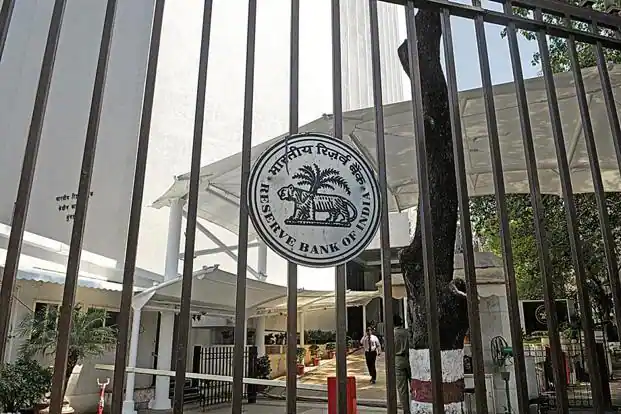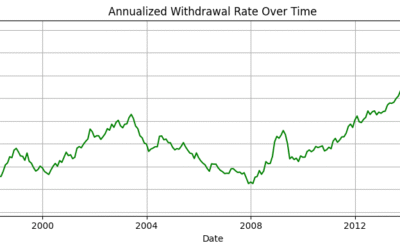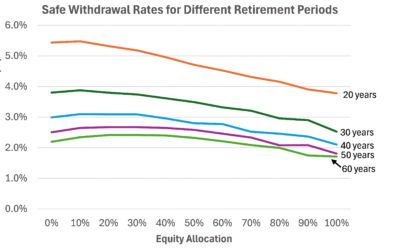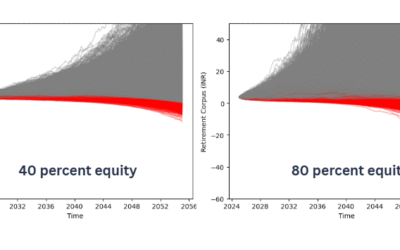Irrespective of the method used to pay the special dividend, it would be a mistake to treat the transfer as a windfall gain for the government
A key agenda for discussion in Monday’s Reserve Bank of India (RBI) board meeting will be the framework for distribution of surplus from the RBI to the government. This has become an issue of controversy between the government and the RBI, with reports that the government is seeking a special dividend of ₹ 3.6 trillion from the RBI. While a lot has been discussed on the quantum of reserves the RBI should keep and the RBI’s independence, little light has been thrown on how such transfers take place and the fact that the special dividend will not ease government’s budgetary constraints.
To understand this, it is helpful to be familiar with a typical central bank balance sheet. On the liabilities side, the central bank holds the issued currency, commercial bank reserves (which are reserves kept by commercial banks with the central bank, including cash reserve requirements), government reserves (which are balances which the government keeps with the central bank as its banker). On the asset side, the central bank holds foreign assets in the form of its foreign exchange reserves, government securities and gold. The balancing item is the capital and reserves which is the accumulated surplus from central bank operations.
A central bank earns surplus because while it earns income from its assets (on its foreign exchange assets and government securities), it pays virtually nothing on its liabilities. Currency issued is printed and does not carry any interest obligation till perpetuity and, in most cases, no or low interest is paid on commercial bank and government reserves.
Two methods of paying surplus
There are two broad methods through which a central bank pays surplus to the government—monetizing assets or direct balance transfer. In the first case, the assets of the central bank are monetized to pay the surplus to the government and, in the second case, accounting entries are passed to shift the central’s bank surplus balance to the government’s reserve account.
In the case of monetizing assets, the possibility of the RBI selling its foreign exchange reserves or gold for paying surplus to the government is low. Foreign exchange reserves and gold are held to reduce external sector vulnerability and are used only in contingencies. The effects of using forex reserves or gold to pay surplus, however, remains broadly the same as of using government securities, which is the probable asset to monetize. This has two transaction legs. First, selling government securities to the public, which reduces money supply. Second, transferring the proceeds from the sale to the government, which through its expenditures, increases the money supply back to the original level.
If the government subsequently reduces its borrowings to the extent of the surplus transfer, there is no impact on the money supply and the transfer is not inflationary. However, in case subsequent government borrowings do not go down, money supply will go up which can put inflationary pressure on the economy.
In the case of direct balance transfer, the effects remain the same. The RBI transfers part of its reserves to the government reserves account, which the government can withdraw and either spend or use to reduce its debt. The impact on money supply and inflation again depends on whether future government borrowings reduce.
No free lunch
The reason a special dividend will not ease the government’s budgetary constraint is that in the absence of it curtailing its future borrowing programme, the RBI will be forced to suck out the additional liquidity created by higher spending by selling government bonds through open market operations.
Thus, the total sale of government bonds by the government and RBI combined will increase to the extent of the surplus transfer. If the government intended to use the surplus transfer to reduce the amount of government bonds sold to the public, the purpose is defeated. This is exactly the point highlighted by ex-RBI governor Raghuram Rajan in his 2016 speech, where he explained that a special dividend from the RBI will not be a free lunch for the government.
Savings on interest cost if debt is reduced will be offset by lower future RBI surplus
In the case of selling assets to pay a special dividend, the balance sheet size of the RBI will reduce. This means that the future surplus from the RBI will reduce which will offset the reduced interest cost in case the government uses the special dividend to decrease its debt.
For example, suppose the RBI pays a special dividend of ₹ 3.6 trillion by selling government securities of an equal amount. This payment would reduce government deficit by the same amount. Post the payment, the RBI’s portfolio of government securities would reduce, and it would earn ₹ 27,000 crore less, assuming an interest income of 7.5% on ₹ 3.6 trillion. This is the same amount that the government will save on interest cost of ₹ 3.6 trillion debt.
Irrespective of the method used to pay the special dividend, it would be a mistake to treat the transfer as a windfall gain for the government. With the payment of the special dividend, the government can of course spend more without borrowing, but this will be offset by the RBI selling government bonds to mop up additional liquidity. Rather than increase expenditure on the back of a special dividend, the appropriate use of any such transfer will be to cut down on future borrowing or retire existing debt. The decline in the issuance of government bonds in the debt market will help the government in achieving its other important ask from the RBI—lowering of interest rates.
(This article was published in LiveMint on November 19, 2018 and can be accessed from the link https://www.livemint.com/Opinion/756M7h1Ve5DXa5soVVh6TL/Opinion–Misconceptions-about-an-RBI-special-dividend.html)







0 Comments